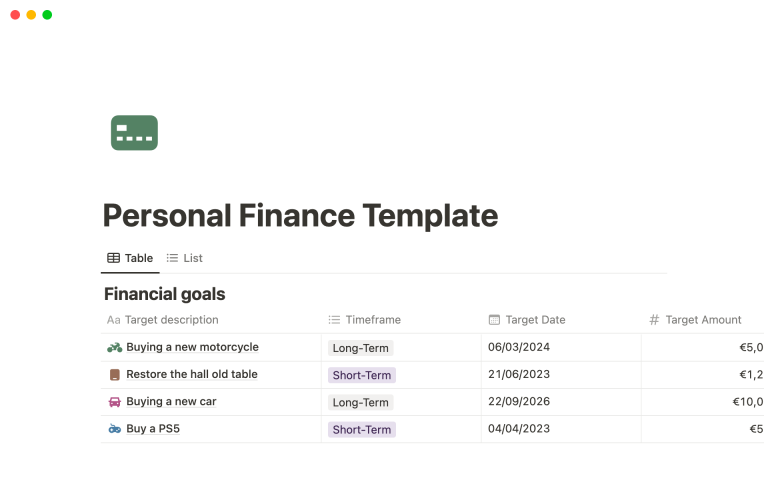Life is unpredictable, and having an emergency fund is a vital aspect of financial health, especially for those living in Australia. Picture this: you’ve just received an unexpected bill for car repairs, or perhaps your job situation has turned shaky. In moments like these, having a financial cushion can be a lifesaver. An emergency fund allows you to tackle unforeseen circumstances without derailing your financial goals. In this article, we’re going to dive deep into why you need an emergency fund and how to create one that suits your lifestyle in Australia.
Understanding the Need for an Emergency Fund in Australia
We often hear about the importance of saving, but how many of us truly grasp why an emergency fund is essential? Simply put, an emergency fund serves as your safety net against life’s inevitable surprises. Australians are no strangers to unexpected events, be it car accidents, medical emergencies, or job losses. Without a robust emergency fund, you may find yourself resorting to credit cards or loans, which could lead to a cycle of debt instead of security.
The Basics of an Emergency Fund Australia
First, let’s clarify what an emergency fund is. It’s essentially a savings account designated for unplanned expenses. Financial experts often recommend setting aside at least three to six months’ worth of living expenses. This amount can vary based on your personal circumstances but having this cushion can mean the difference between a minor setback and a full-blown financial crisis.
Creating Your Personal Emergency Fund in Australia
Thinking about setting up your emergency fund? Here’s a step-by-step guide to help you get started!
Step 1: Set a Goal for Your Emergency Fund
Before you get started, determine how much money you want to save. Consider your monthly expenses, including rent, utilities, groceries, and other necessities. Aim for at least three months of expenses initially; if you have dependents or a less stable income, consider saving six months or more. Get a clear picture of your spending habits and let that guide your saving journey.
Step 2: Choose the Right Account
Next up is selecting the right place to keep your emergency fund. Look for a high-interest savings account that offers easy access to your funds. Ideally, your emergency fund should not be too easy to access, but not so difficult that you can’t reach it when needed. Online banks often offer better interest rates than traditional banks, which can help your money grow while sitting in the account.
Why You Should Start Saving Today
Procrastination can be tempting when it comes to saving. However, there are several reasons you should begin establishing your emergency fund today. Think about situations where having this fund would provide peace of mind. Knowing that you can quickly tackle unforeseen issues allows you to sleep better at night, focusing on those things that matter most in life.
Immediate Needs and Long-term Security
Having an emergency fund doesn’t just help with immediate needs. It also provides long-term security. Life can come at you fast, and having an emergency fund in place allows you to tackle unexpected challenges while still being able to pursue your long-term financial goals, be it saving for a home, funding education, or planning for retirement.
Real-Life Scenarios That Highlight the Importance of an Emergency Fund Australia
A Visual Guide to Emergency Fund Essentials

As you can see in this visual guide, having an emergency fund can make a significant difference in challenging situations. It’s not just about having some money saved; it’s about giving yourself options.
Scenario 1: Job Loss
Imagine waking up one day to find out that your employer has made cuts, and your position has been eliminated. With an emergency fund, you have the luxury of time to look for a new job that suits your skill set and aspirations, rather than being forced to take the first position that comes along just to pay the bills.
Scenario 2: Medical Emergencies
Medical emergencies can strike anyone at any time. Whether it’s an unexpected trip to the hospital or a sudden need for surgery, the associated costs can add up quickly. With an emergency fund, you’re not scrambling to figure out how you’ll pay for these essential medical expenses.
Tips for Sticking to Your Emergency Fund Goals in Australia
Once you’ve set your goals and started saving, the next step is to ensure you stick with it. Here are some helpful strategies for keeping your emergency fund on track.
Automate Savings
The easiest way to build savings is to automate the process. Set up an automatic transfer from your checking account to your emergency fund. This way, you won’t have to think about it every month, and you’re less likely to spend the money you intended to save.
Regularly Review Your Financial Situation
Take the time to periodically assess your financial situation. Are your expenses changing? Have you received a raise or a bonus? If so, consider adjusting your savings goals accordingly. This keeps your emergency fund relevant to your current lifestyle.
Conclusion: Insuring Your Financial Future Through an Emergency Fund Australia
In conclusion, establishing an emergency fund is one of the most prudent financial choices you can make. It’s not merely about having money saved; it’s about giving yourself the freedom and security to live life on your terms. As life throws unexpected situations your way, having that cushion can help maintain your financial health and keep stress at bay. So, start today—consider your goals, choose the right account, and build that emergency fund. Your future self will thank you!


